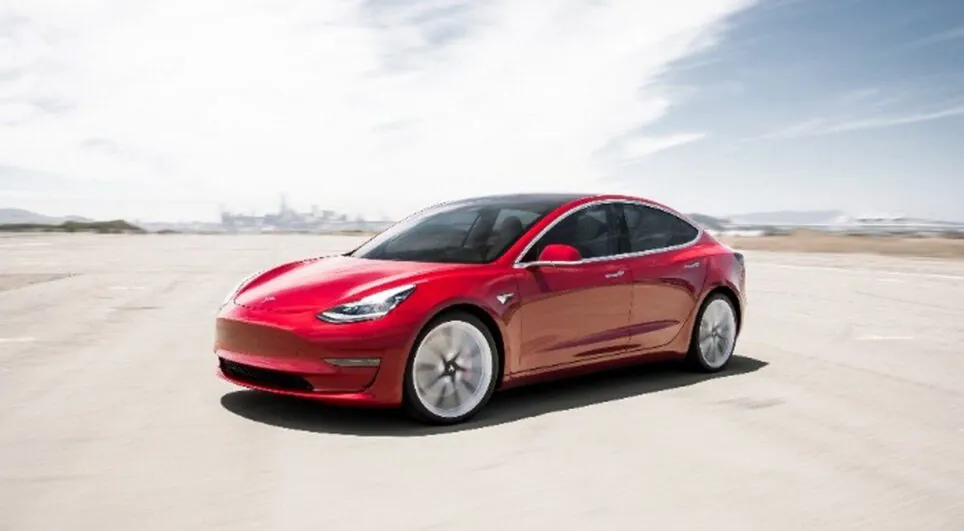How the Tesla Pricing Strategy Disrupted the Auto Industry
Published On 30 January, 2023
Tesla is renowned for its groundbreaking electric vehicles and unique pricing strategies in the automotive industry. From the start, as part of its brand positioning, Tesla’s vehicle prices have been set dramatically higher than the competition, and its pricing strategy is often called ‘floating pricing’ due to how quickly it shifts. Should you use this strategy, too? What are the risks and consequences?
Floating Pricing Strategy
Floating pricing is a pricing strategy that fluctuates quickly and regularly. This strategy allows the company to keep prices competitive while maintaining a premium level of quality in its products and services. It also introduces no-haggle pricing to the auto industry, particularly when it comes to electric cars.
By continually adjusting prices, Tesla can take advantage of market changes and remain competitive. This allows them to offer more attractive prices for their customers without sacrificing the quality of their vehicles.
The idea behind floating pricing is to adjust prices based on demand and supply both within the company and in the general market. When demand for a certain product or service increases, so does its price; when demand decreases, its price decreases as well. In addition, the company can change its prices based on changes in the general market, such as currency fluctuations and inflation rates.
With floating pricing, Tesla can constantly monitor customer needs and respond accordingly with suitable prices that match those needs—ensuring they are always offering competitive pricing while maintaining high levels of quality.
Furthermore, since this strategy is dynamic, it makes it easier for customers to access different products at different times or even within one day—therefore making it more likely that they will be enticed by one of these offers. Ultimately, this helps ensure that Tesla remains profitable while remaining true to its mission of providing high-quality electric vehicles at an affordable price point.
Tesla’s floating price strategy is unique among car companies and is made possible by Musk’s decision to depart from the traditional business model in the auto industry that has been dominant for over a century. First, he refused to embrace the franchised dealership model, a move that put Tesla in control of the final price of its cars. Second, Tesla does not adhere to the industry norm of setting prices at the start of each model year and sticking with them until the next model year begins. Tesla changes prices frequently — sometimes several times a year.

Examples of Floating Pricing
At the beginning of 2020, Tesla implemented a pilot program for employees to purchase their cars at discounted rates. From there, Tesla has continued to introduce numerous models with different price points, giving customers greater options compared to other EV manufacturers.
With their flagship Model S sedan, Tesla offers two trim levels: Performance and Long Range Plus. The Performance model starts at $104,980 USD, while the Long Range Plus begins at $79,990 USD. These prices are well above competing models such as Audi’s e-tron Sportback or Jaguar’s I-PACE, which both start in the mid-fifties range, demonstrating Tesla’s floating pricing strategy — that they can charge more than other EV manufacturers without being heavily criticized.
This strategy is also demonstrated in the Model 3 – Tesla’s most popular vehicle – which ranges from $37,990 USD to upwards of $56,990 USD, depending on users’ desired features and specs. This compares to other competitors such as BMW’s i3 or Hyundai Kona Electric which cost half of what the long-range version of Model 3 does — again displaying how far Tesla can float its pricing before losing customers.
According to a new analysis of pricing data compiled by Bloomberg, that correlation has held for the past five years. When the Model 3 went into production in 2017, Elon Musk set a $35,000 USD starting price that almost exactly mirrored the $34,944 USD average cost of a new vehicle at the time. Five years later, a Model 3 costs $46,990 USD due to rapidly escalating inflationary pressures. The average cost of a new vehicle in the United States of America is $47,692 USD on average.

Key Elements of a Floating Pricing Strategy
The core components of Tesla’s floating pricing strategy lie within four key elements: market conditions; production costs; competition; and customer value perception. By keeping an eye on each one of these elements and adjusting accordingly to changes in technology or conditions outside of its control, Tesla has been able to continue maintaining high prices for its vehicles while still having success in sales numbers.
One example that showcases this perfectly is the introduction of their latest vehicle – the Cybertruck – which was introduced in November 2019 with a starting price tag of $39,900 USD and has since jumped up to over fifty thousand dollars due to customer feedback and new features being added into the design cycle over time. This demonstrates how fluidly they can adjust and change their prices according to market forces without significantly hurting sales figures as demand remains high despite these price adjustments.

Tesla Price Changes
Last year, Tesla raised prices or changed its model offerings on at least six occasions. During an earnings call in July, Musk admitted these price swings were unusual. “We’ve raised our prices quite a few times. They’re frankly at embarrassing levels,” Elon Musk said. “But we’ve also had a lot of supply chain and production shocks, and we’ve got crazy inflation. So I’m hopeful — and this is not a promise or anything — but I’m hopeful that at some point we can reduce the prices a little bit.”
In October 2022, Musk raised expectations for a new entry-level base model, which was expected to be positioned below the Model 3 at approximately half the cost. In 2020, Musk said the smaller Tesla would cost around $25,000 USD.
Risks Using Floating Pricing
When it comes to floating pricing strategies, there are several risks that businesses should be aware of.
- Accuracy of Market Research
Firstly, the strategy relies heavily on accurate and up-to-date market research—if those figures are off or become outdated quickly, prices will no longer be aligned with customer needs. This can lead to customers being overcharged or feeling misled if they end up paying more than expected for a product.
- Customer Loyalty and Competition
Another potential risk is that customers may start to distrust the brand due to continually changing prices—seeing as price increases can happen without notice or justification—which could lead to decreased sales, loyalty and satisfaction. Furthermore, competitors may take advantage of this situation by offering lower prices to gain market share from the brand using floating pricing models.
- Resources and Capability
In addition, if businesses do not have the resources or capabilities to monitor their market closely enough, their prices may not accurately reflect demand and value—leading them to either undercharge for products (losing out on profits) or overcharge (driving away customers).
- Systems and Toolsets
As such, when implementing a floating pricing strategy, companies need to have access to adequate data and analytics tools to ensure they can accurately track customer behaviour across different markets and adjust their pricing models accordingly.
- Legal Implications
Finally, businesses should also remember that this type of pricing model is subject to legal regulations which vary across jurisdictions. For example, certain countries may have caps on how much they are allowed to charge consumers or set limits on how often companies can change their prices. Therefore when considering a floating pricing strategy, businesses need to check what restrictions exist in the areas they plan on operating in so as not to incur any legal penalties.
All in all, while floating pricing strategies can help businesses remain competitive in a dynamic market and maximise profits from varying levels of customer demand, there are some risks involved that need to be taken into account before opting for such models. With proper research and analysis, however, these risks can be minimised significantly while still reaping the benefits associated with dynamic pricing strategies.
Market Demand
In 2023, Tesla is experiencing “unprecedented demand” in the United States of America following significant price cuts that took place in January 2022. Because of reduced Tesla prices, many stores are hitting new records, and inventories are dwindling.
Overall, it’s clear that careful monitoring across various industry markers, along with shrewd decisions on feature implementation timelines, have enabled Tesla to position itself as a premium brand and successfully employ Tesla’s floating price strategy across all its models, effectively boosting margins while still retaining customer interest in its prod



